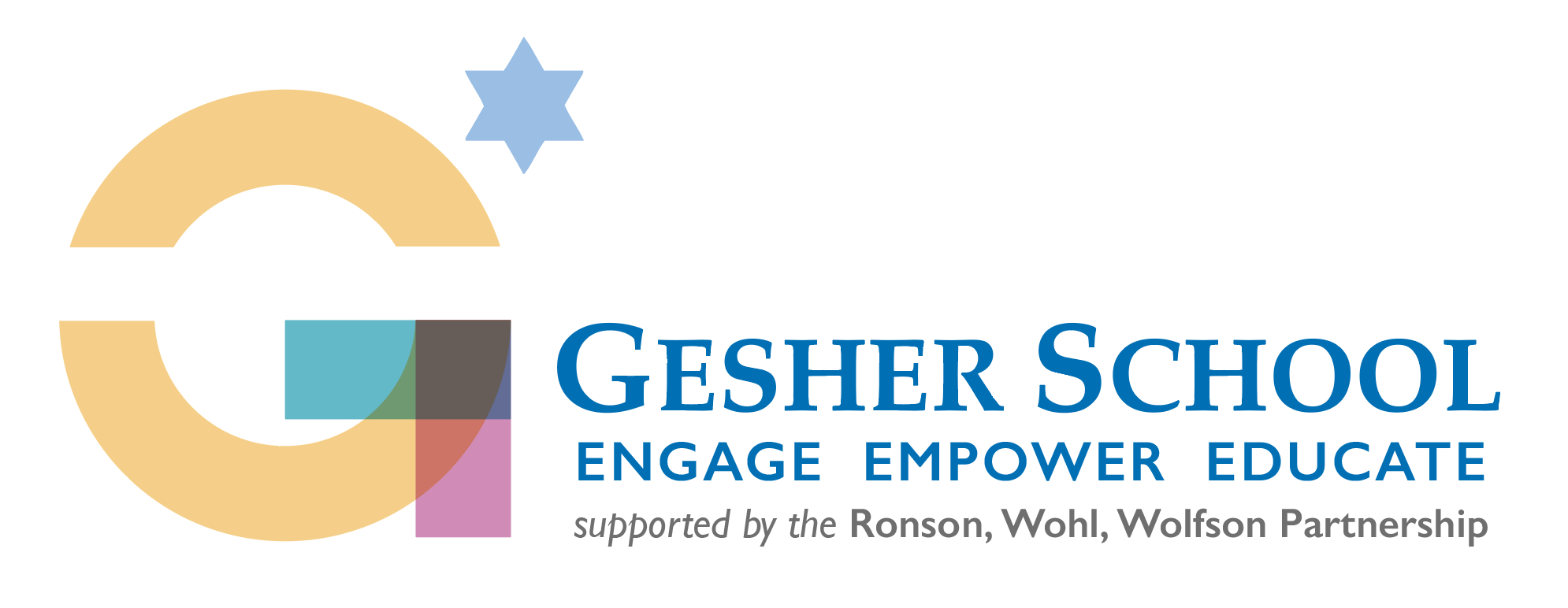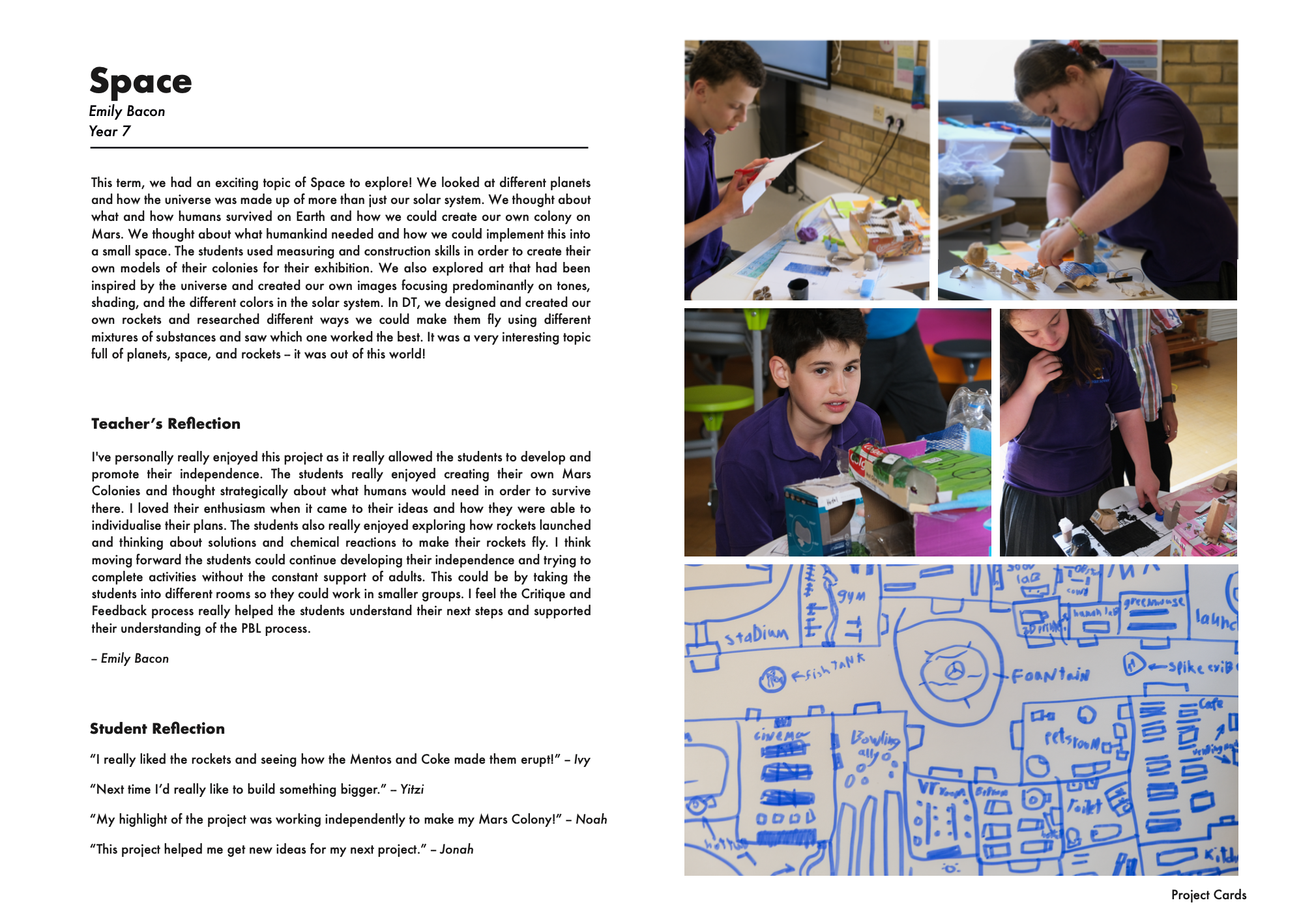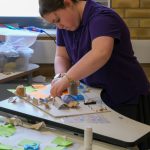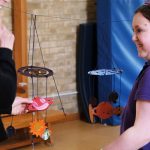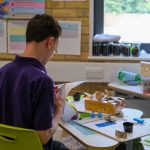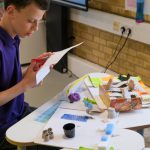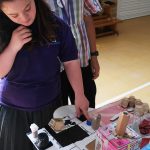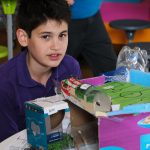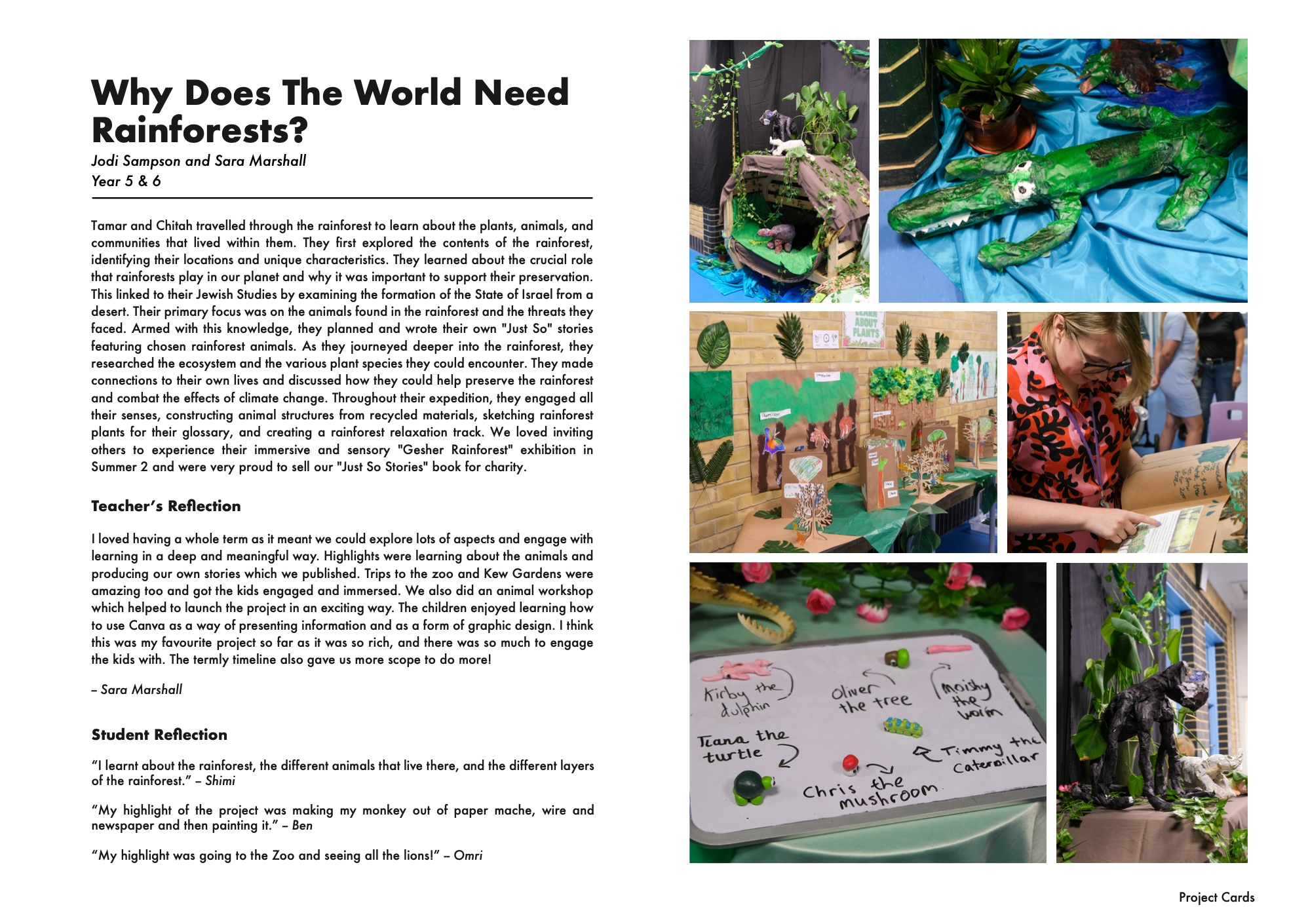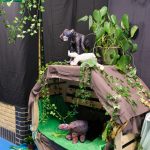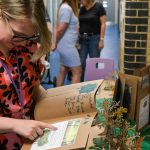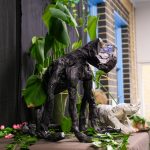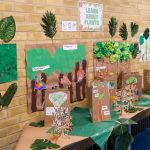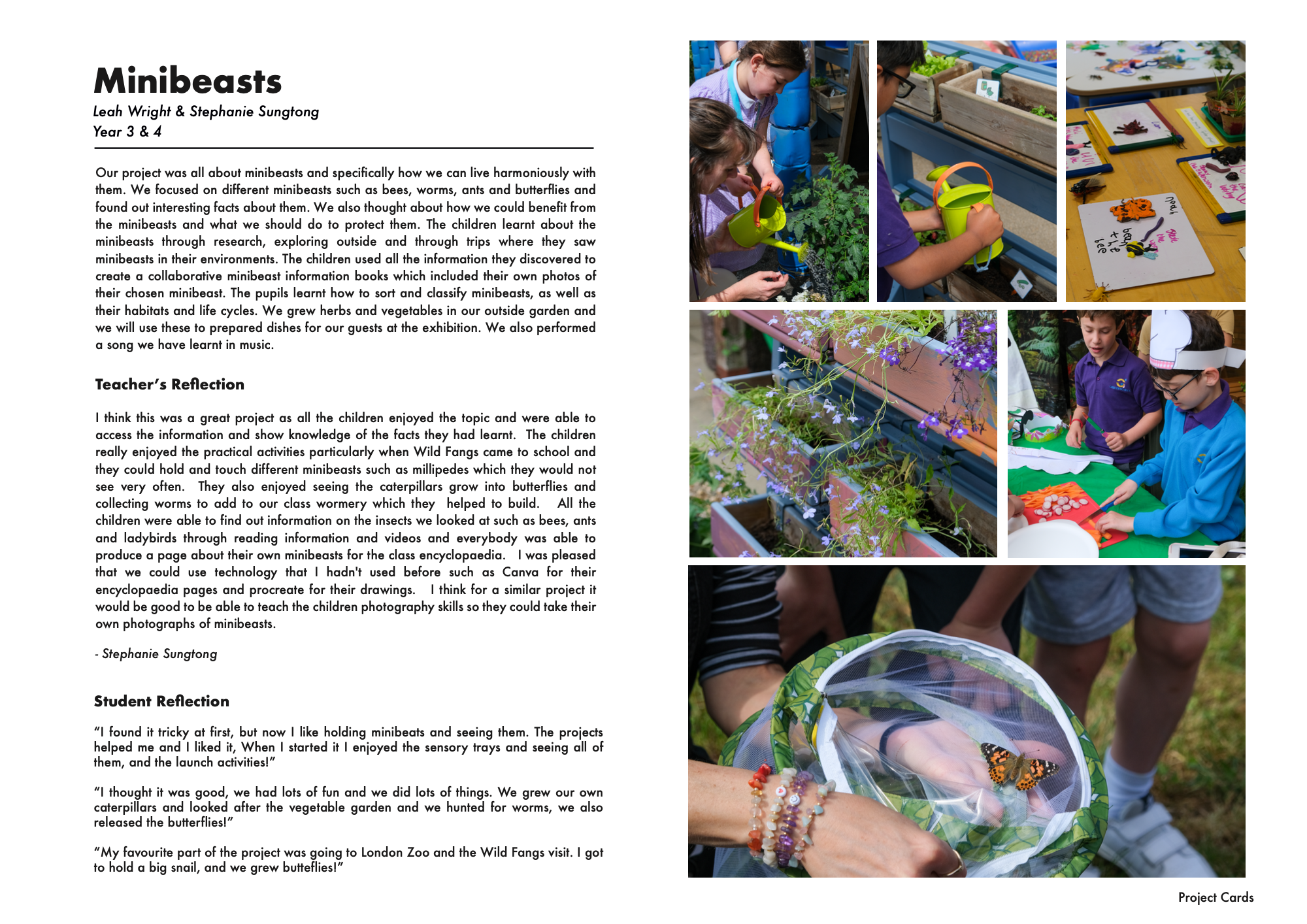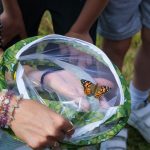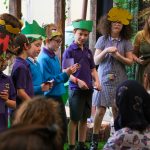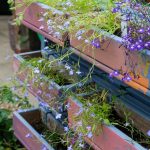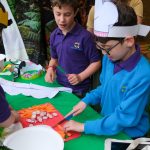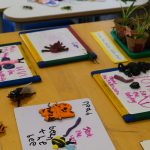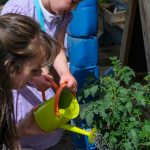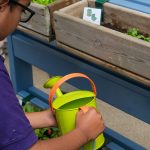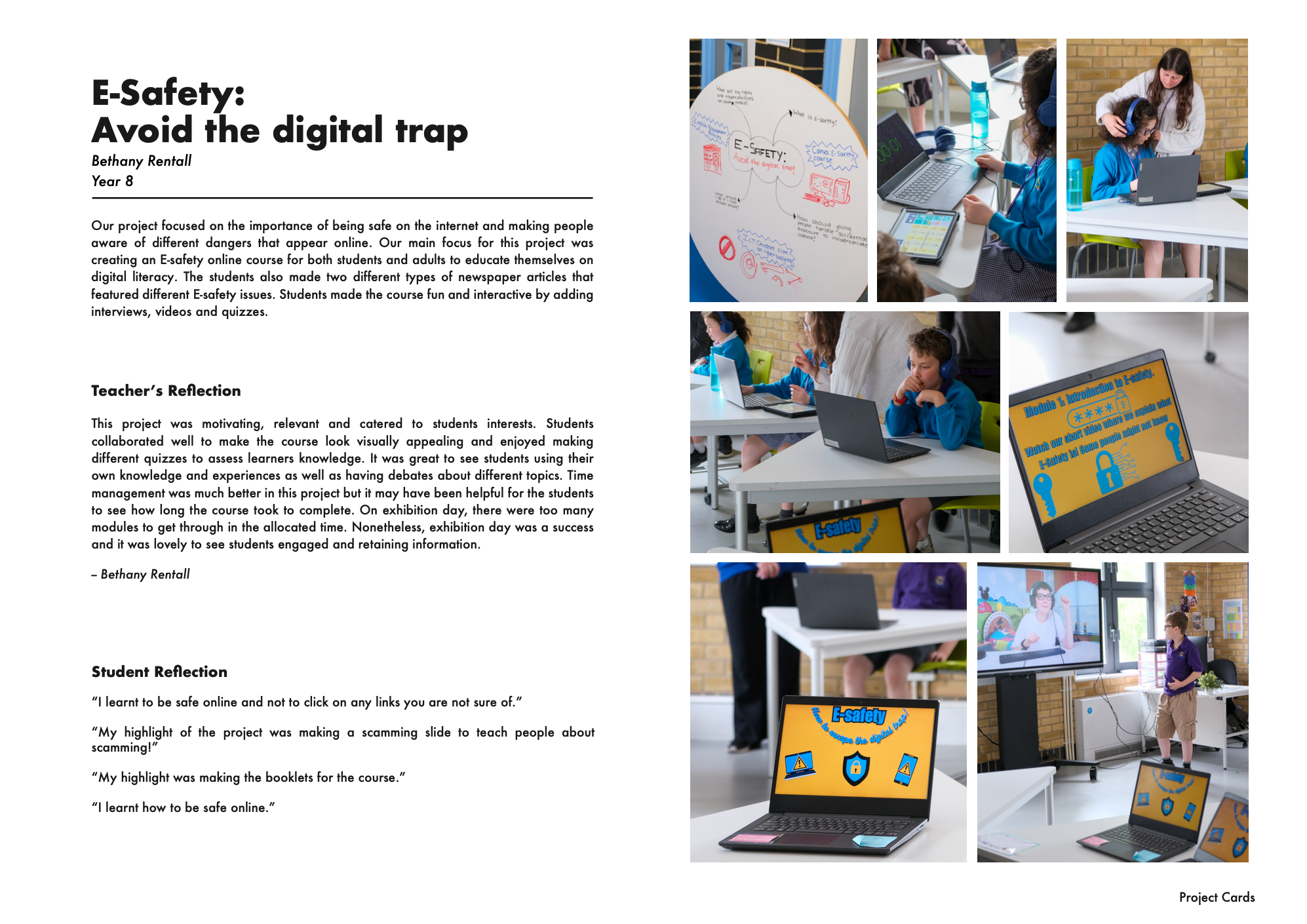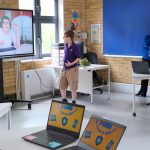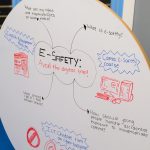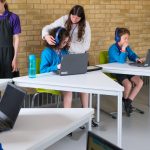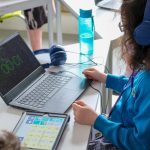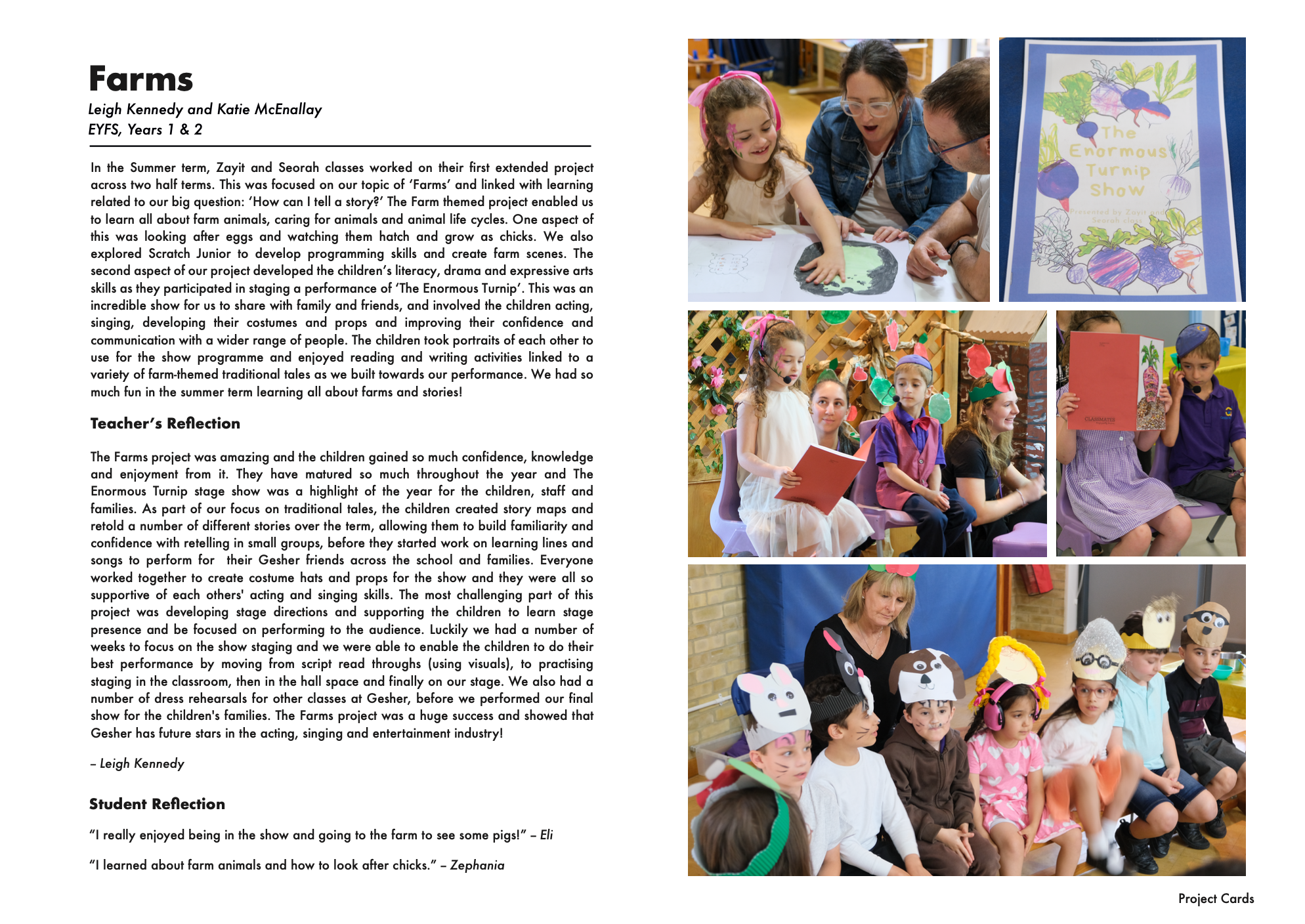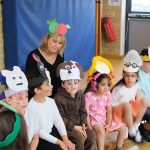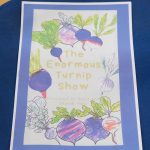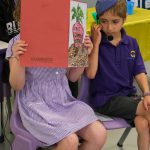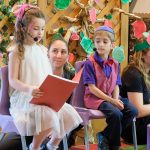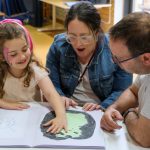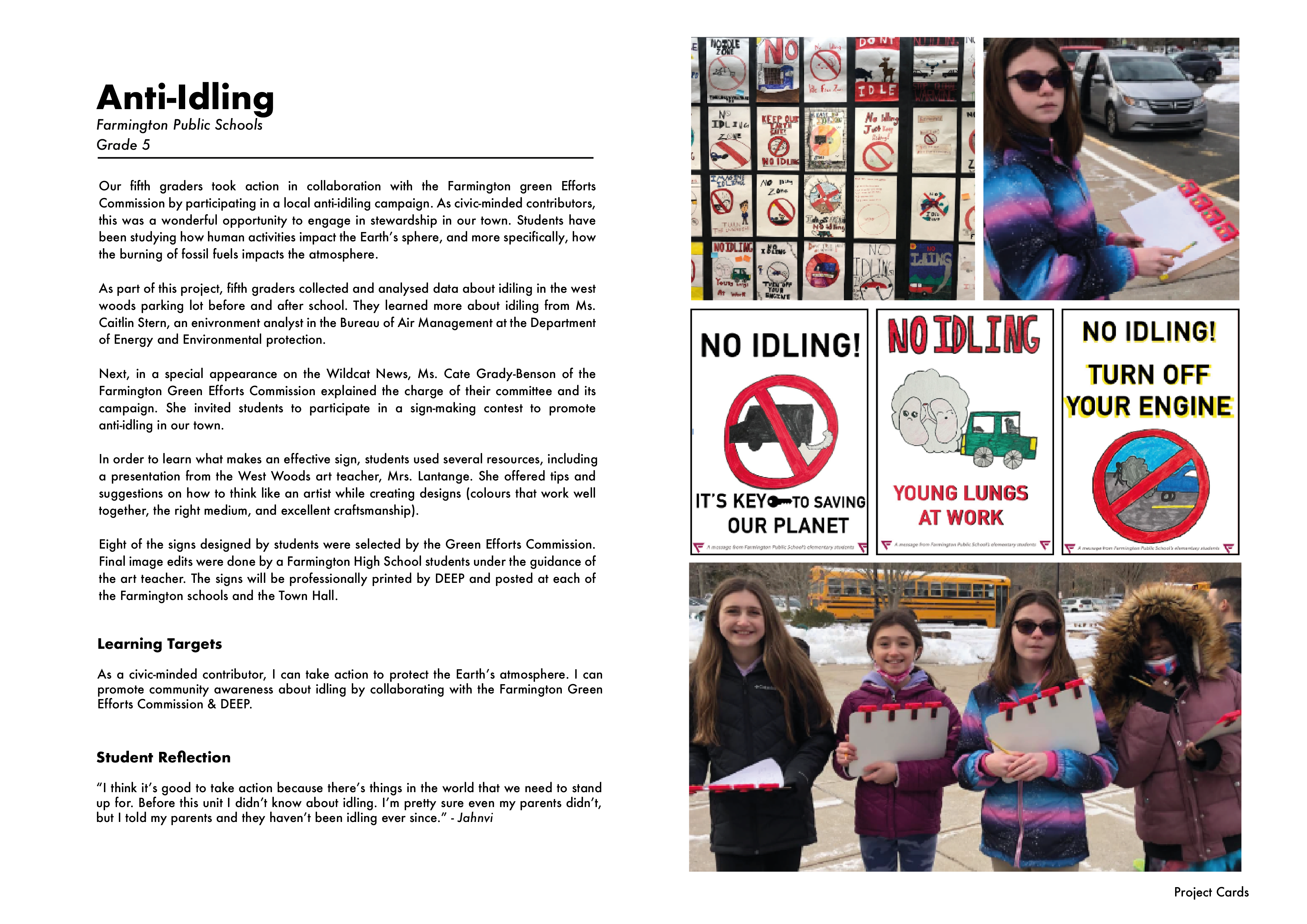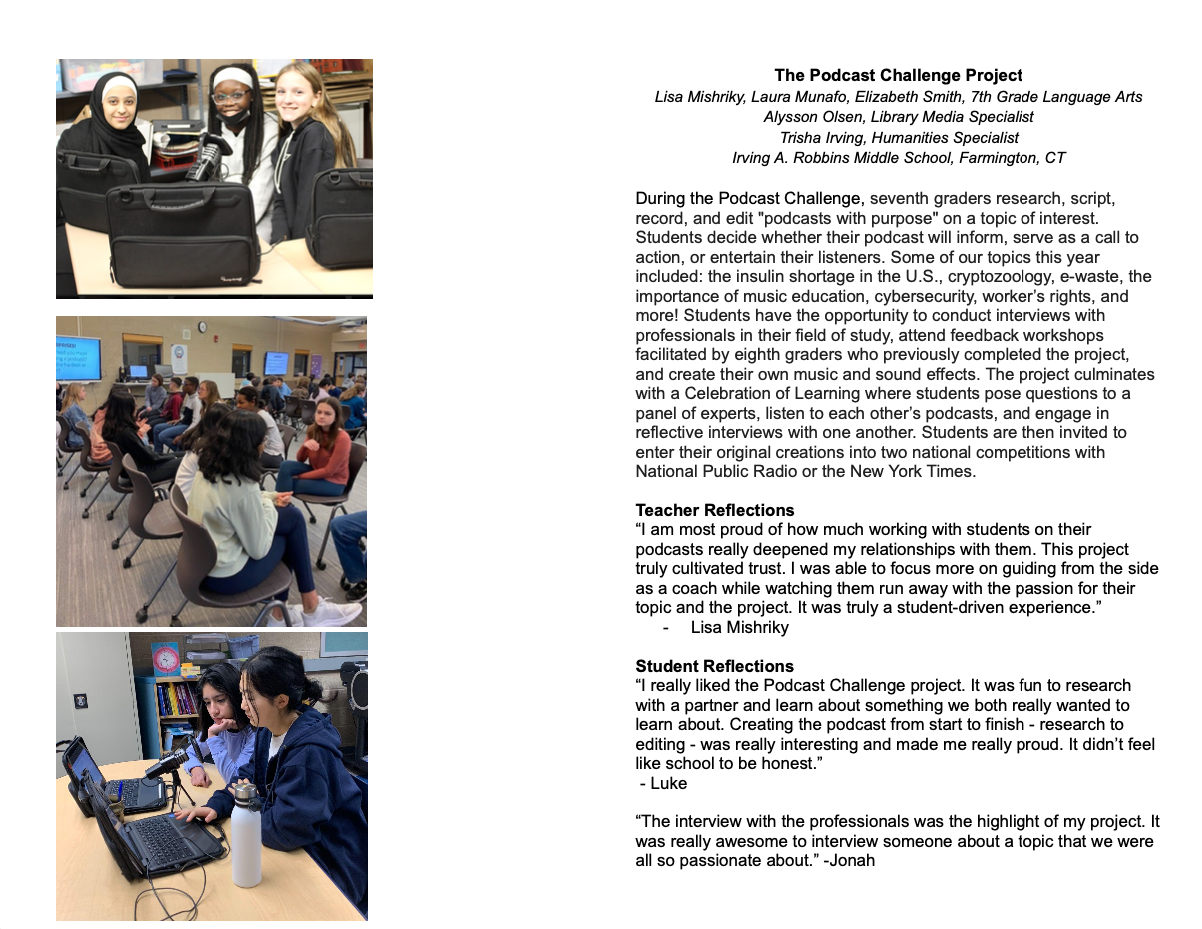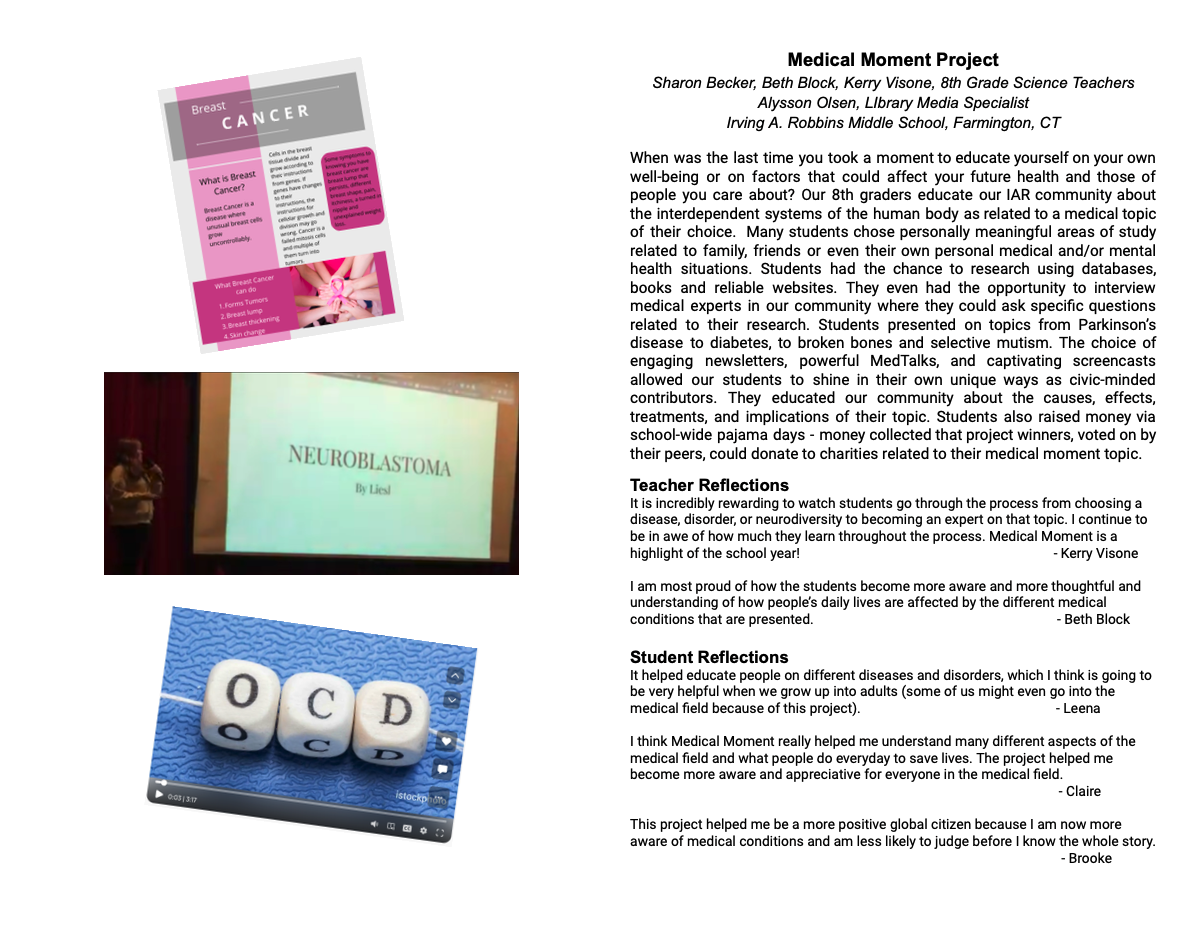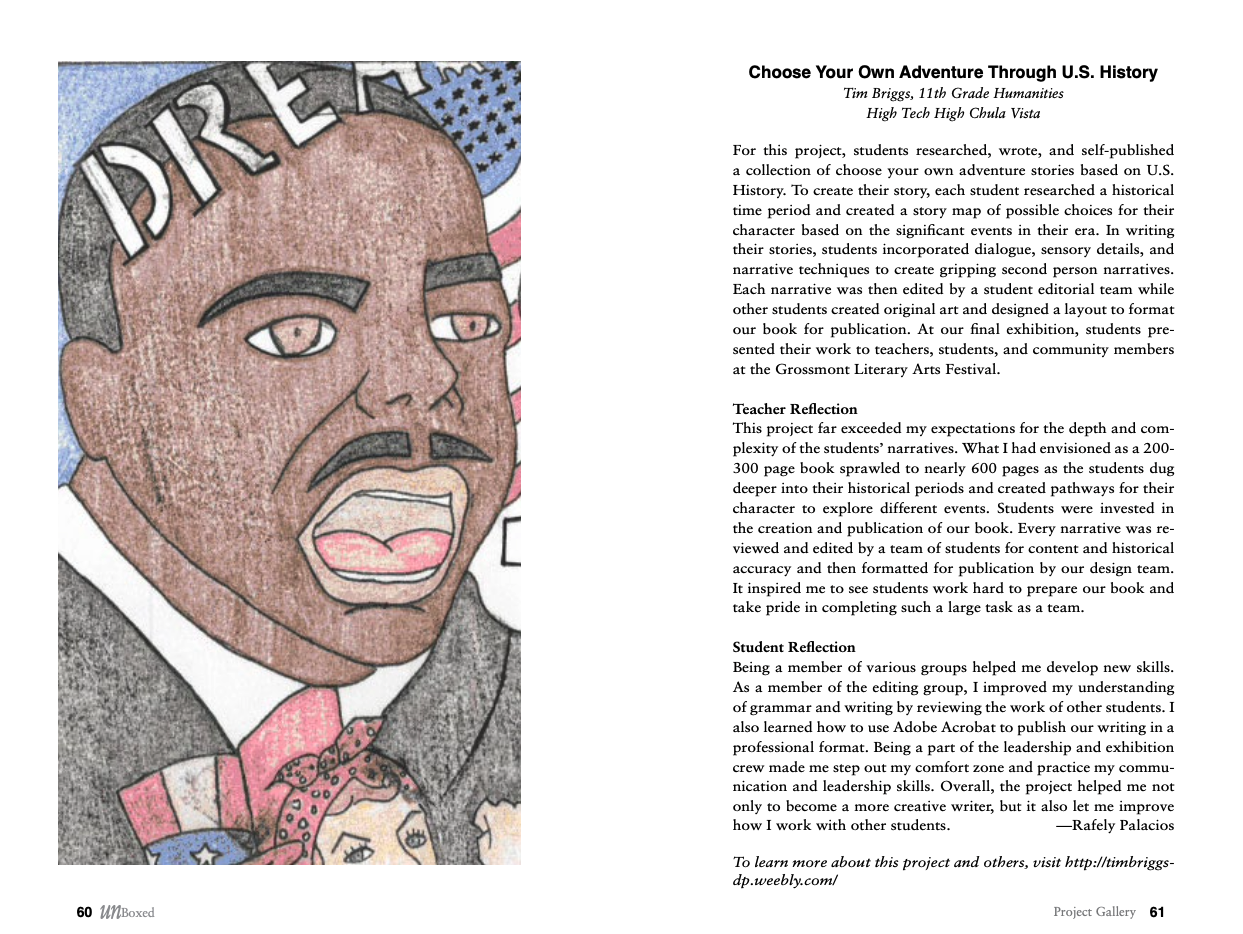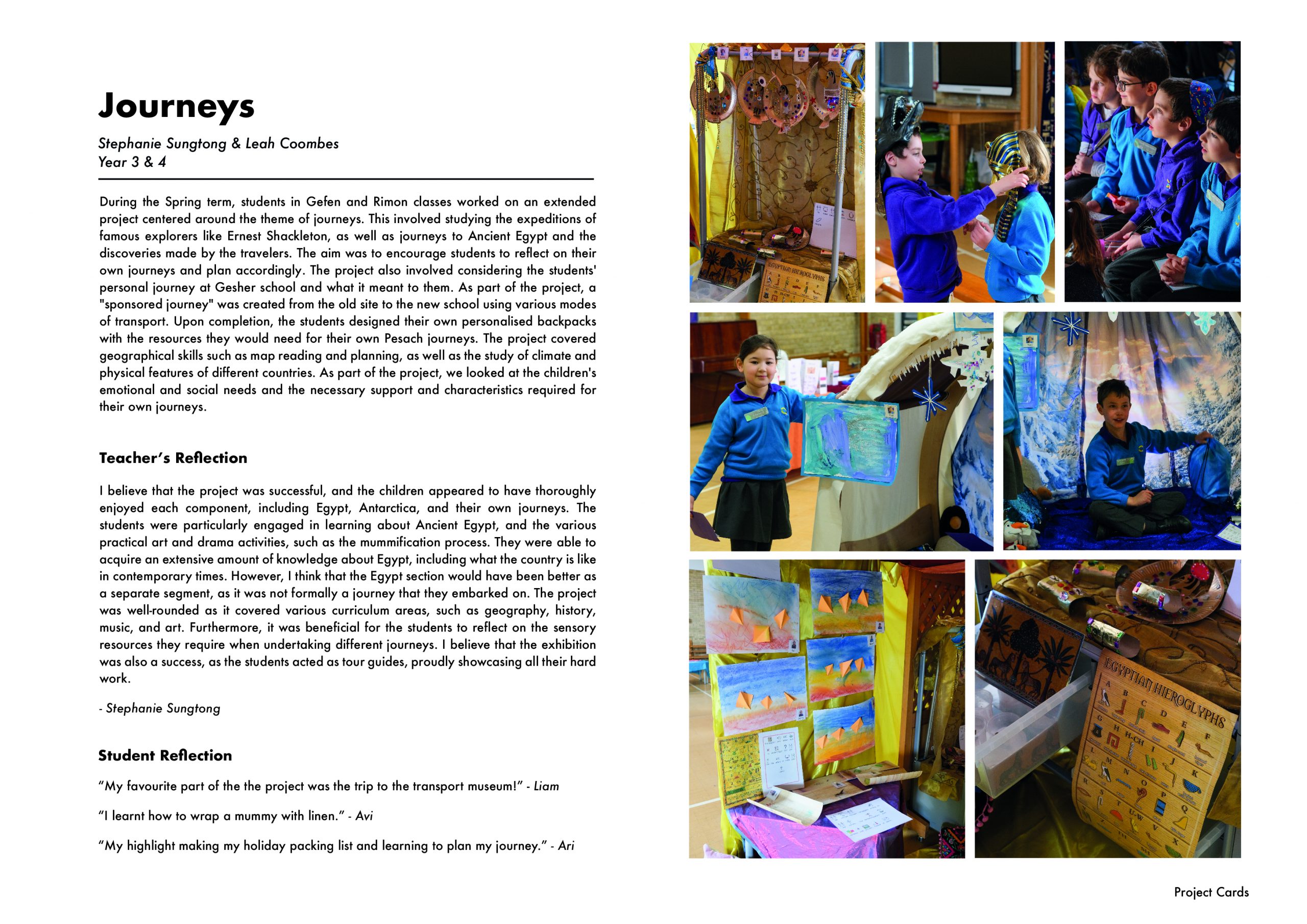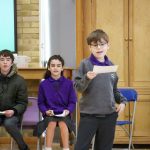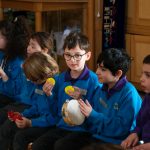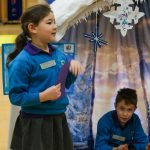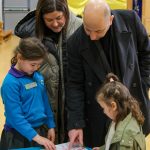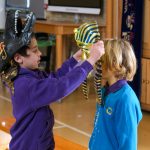This term, we had an exciting topic of Space to explore! We looked at different planets and how the universe was made up of more than just our solar system. We thought about what and how humans survived on Earth and how we could create our own colony on Mars. We thought about what humankind needed and how we could implement this into a small space. The students used measuring and construction skills in order to create their own models of their colonies for their exhibition. We also explored art that had been inspired by the universe and created our own images focusing predominantly on tones, shading, and the different colors in the solar system. In DT, we designed and created our own rockets and researched different ways we could make them fly using different mixtures of substances and saw which one worked the best. It was a very interesting topic full of planets, space, and rockets — it was out of this world!
Teacher’s Reflections
“I’ve personally really enjoyed this project as it really allowed the students to develop and promote their independence. The students really enjoyed creating their own Mars Colonies and thought strategically about what humans would need in order to survive there. I loved their enthusiasm when it came to their ideas and how they were able to individualise their plans. The students also really enjoyed exploring how rockets launched and thinking about solutions and chemical reactions to make their rockets fly. I think moving forward the students could continue developing their independence and trying to complete activities without the constant support of adults. This could be by taking the students into different rooms so they could work in smaller groups. I feel the Critique and Feedback process really helped the students understand their next steps and supported their understanding of the PBL process.”
– Emily Bacon
Students’ Reflections
“I really liked the rockets and seeing how the Mentos and Coke made them erupt!” – Ivy
“Next time I’d really like to build something bigger.” – Yitzi
“My highlight of the project was working independently to make my Mars Colony!” – Noah
“This project helped me get new ideas for my next project.” – Jonah
